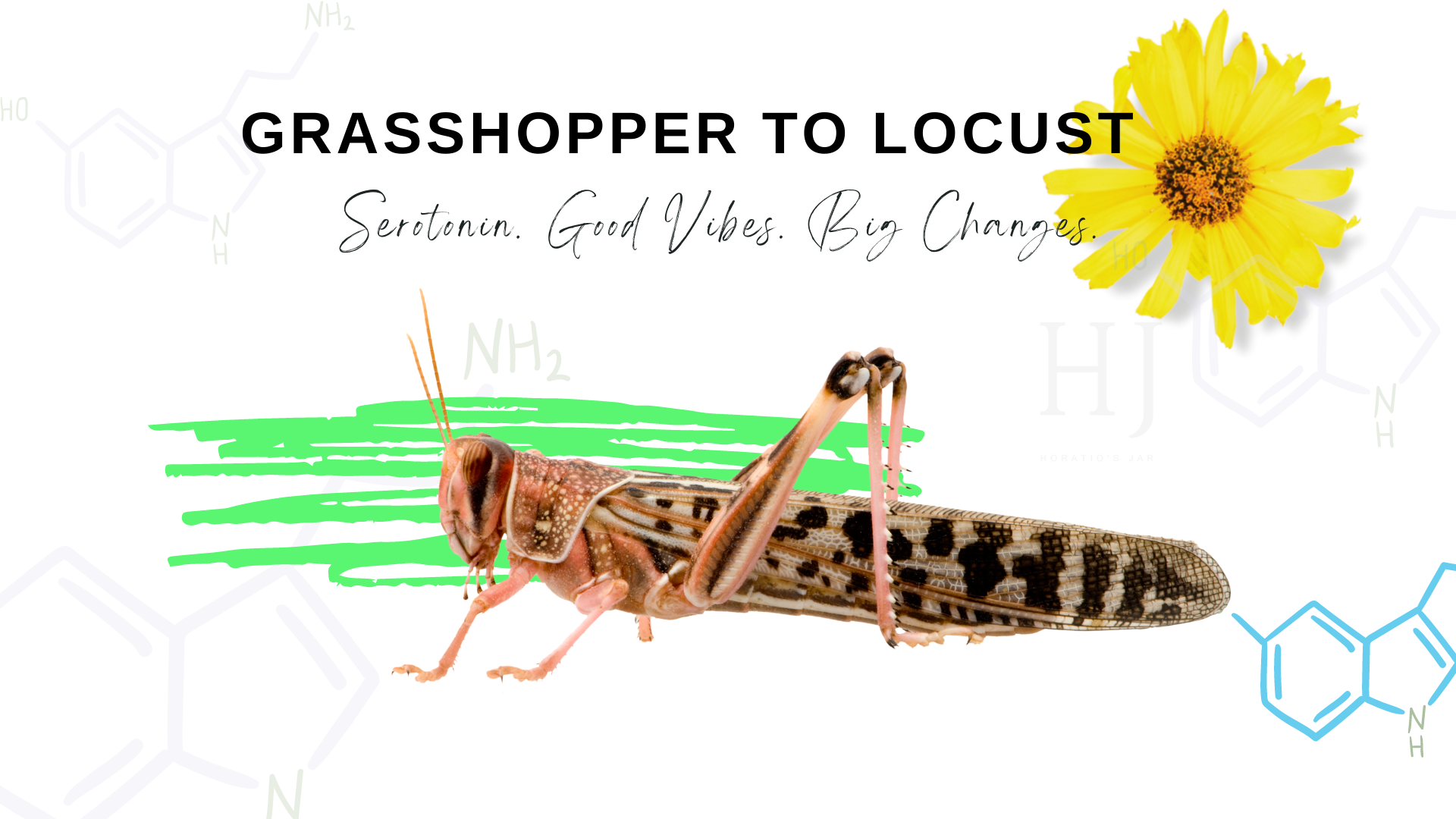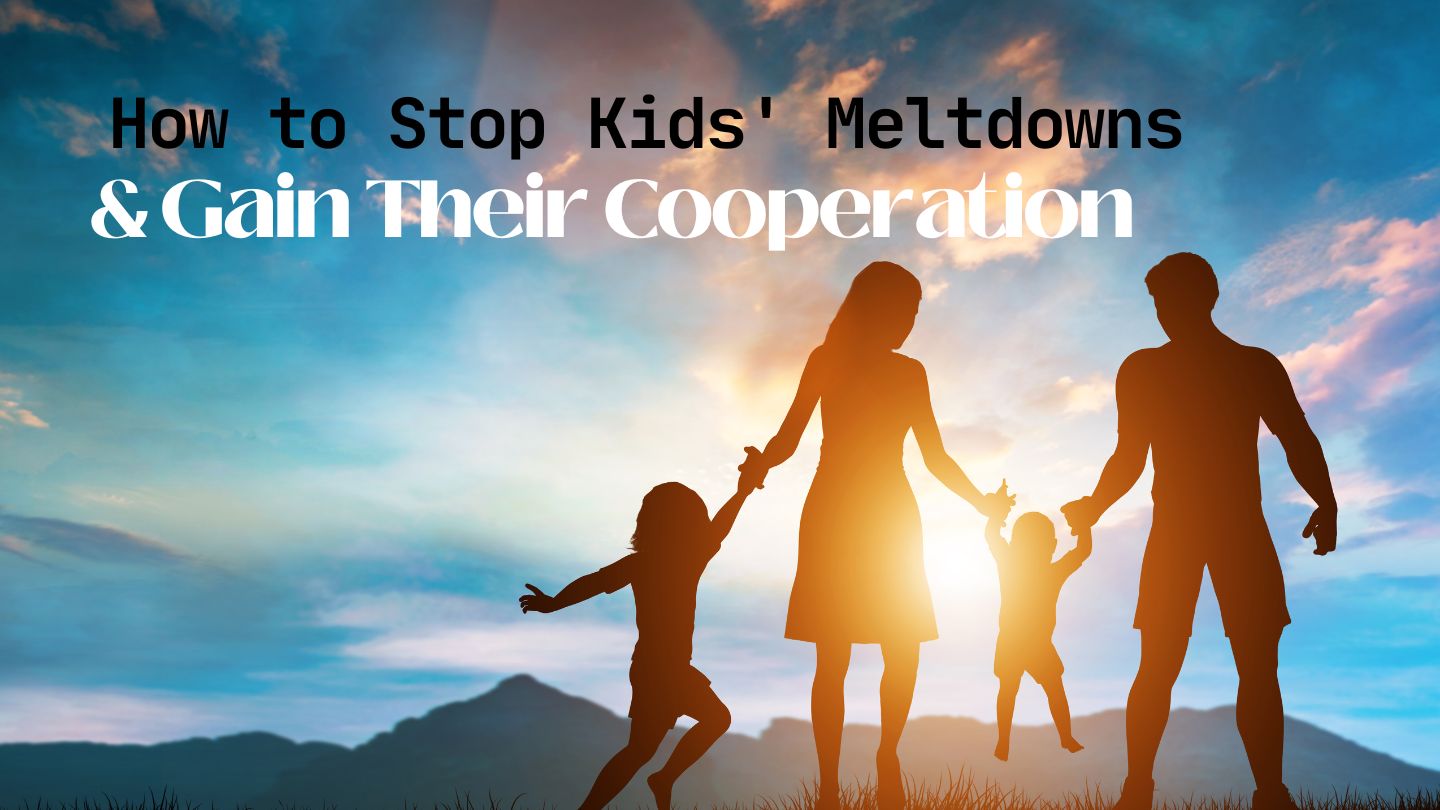Latest From Upschool
- How to Stop Kids’ Meltdowns and Gain Their Cooperation
- Making Big Decisions When You and Your Co-Parent Disagree
- Building Your Child’s Self Esteem
- Separation Anxiety & Starting School
- Why Parents Should Listen to Kids
- How To Raise Emotionally Intelligent Children
- How to Combat End of Year Fatigue
- Navigating Technology and Kids: A Guide for Parents
-
-
No videos yet!
Click on "Watch later" to put videos here
- View all videos
-
-
-
Don't miss new videos
Sign in to see updates from your favourite channels
-
Guest Contributors
Nature (Guest Contributors)
New & Big Ideas (Guest Contributors)
Grasshopper to Locust – Serotonin. Good Vibes. Big Changes.

Grasshopper to Locust.
By Emily Rack - Horatio’s JarDo you ever have the feeling when dancing in a crowd with all your friend of being so happy that you could burst out of your skin, transform and grow wings?
You could be a Locust.
Locust and Grasshoppers are the same things.
Grasshoppers, the green guys with long hind legs and big buggy eyes that eat green plants and wreck rose bushes, are generally loners. In an overcrowded environment, something weird and unexpected happens.
With their larger bodies, softer, smaller wings, and often brighter, greener colour, the grasshoppers transform into robust, longer winged, armoured skinned and darker bodied creatures; designed for intercontinental travel and mass vegetation destruction. Not so cute anymore!

Serotonin Molecule
- A feel-good chemical in humans that helps to regulate our sleep, mood and concentration
- Deep breathing boosts serotonin in your brain & body—Sunshine directly into your eyes cues serotonin production.
- Serotonin is a chemical that helps transform a grasshopper into a locust.
https://youtu.be/ldPuBk7a9V4
Guest Contributor: Emily Rack Business Name: Horatio’s Jar Publisher: Digital Schools Emily Rack is a freelance creative writer and researcher, visual content creator and designer. She is the head of the content production, publication and editing for Upschool+ Guest Contributors and Horatio's Jar is her content production agency and wellbeing school. Emily has dedicated her life to researching and understanding matters of the mind, body and the human experience. Her discoveries and research are focused on cultivating tools and dialogue that encourage us to live in peace and harmony here on earth. Her current focus is the environment and human connectivity, conservation, environmentalism, plant medicine, botany, biology and the practice of 'Nature Bathing'. Emily is a writer, digital content creator, seasoned photographer and visual artist. ——- PUBLISHER’S DISCLAIMER: The publisher of this blog post (Digital Schools PTY LTD) works in partnership with the school as a 3rd party provider to help build and maintain the school website. Digital Schools sources a range of experts who provide products and/or services to educational institutions and we work with them to produce and publish topical information in the form of blog posts that we think may be relevant, interesting or topical to families within the community. The views, opinions and content listed in this blog post are that of the guest contributor and/or publisher (Digital Schools). It should be noted that whilst the publisher and guest contributors are acting with the best intentions and in the best interests of the school and their community to provide helpful or interesting information, sometimes the content may not necessarily reflect the views of the school. The information in this blog post is not meant to be used, nor should it be used, to diagnose or treat any medical condition. For diagnosis or treatment of any medical problem, consult your own physician. The school and the publisher of this blog post are not responsible for any person reading or following the information in this article who may experience adverse effects. Any references to external websites or sources are provided for informational purposes only and do not constitute an endorsement by the school or publisher in any way and the publisher and/or school cannot guarantee the accuracy of the information listed. If you have feedback on any content on this platform, you can submit it to the publisher using the feedback link provided at the bottom of this page.TAGS
NEW TO EXPLORE




